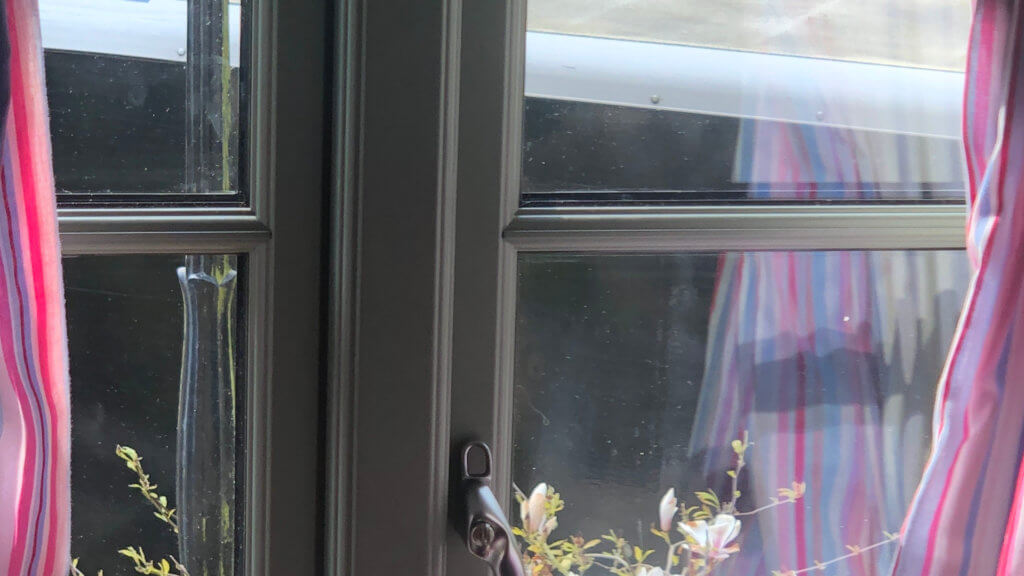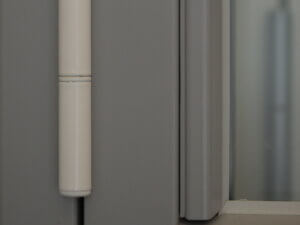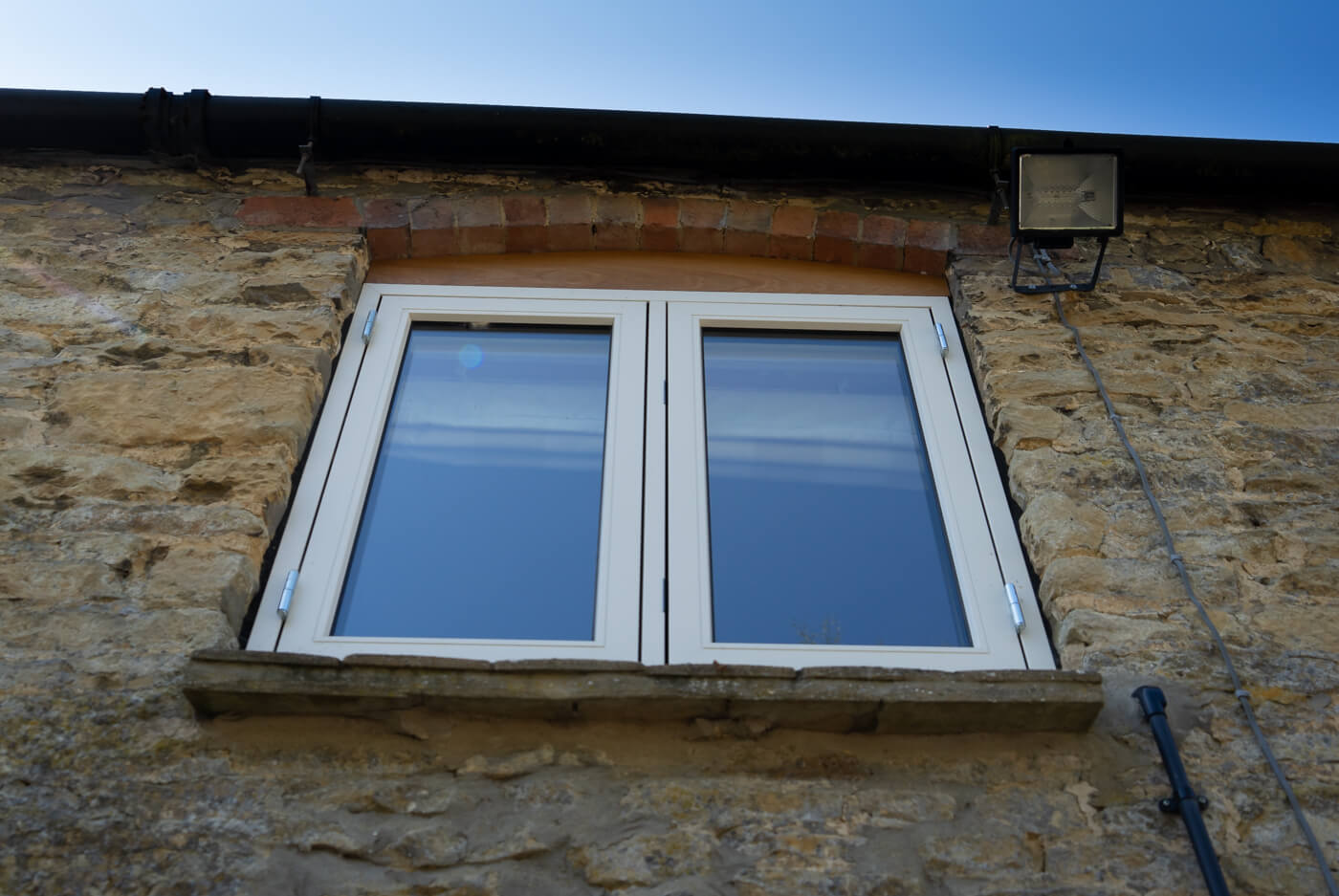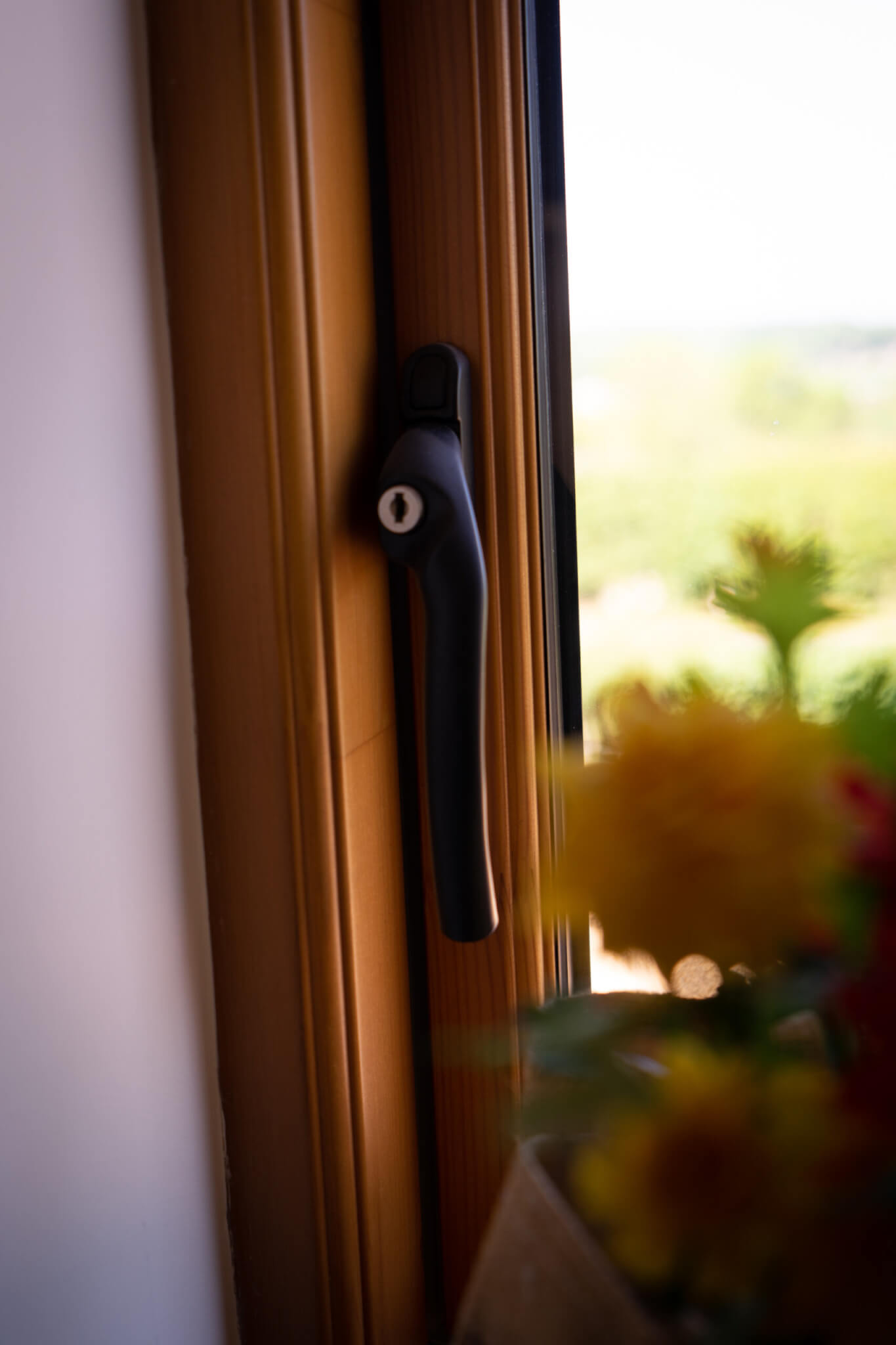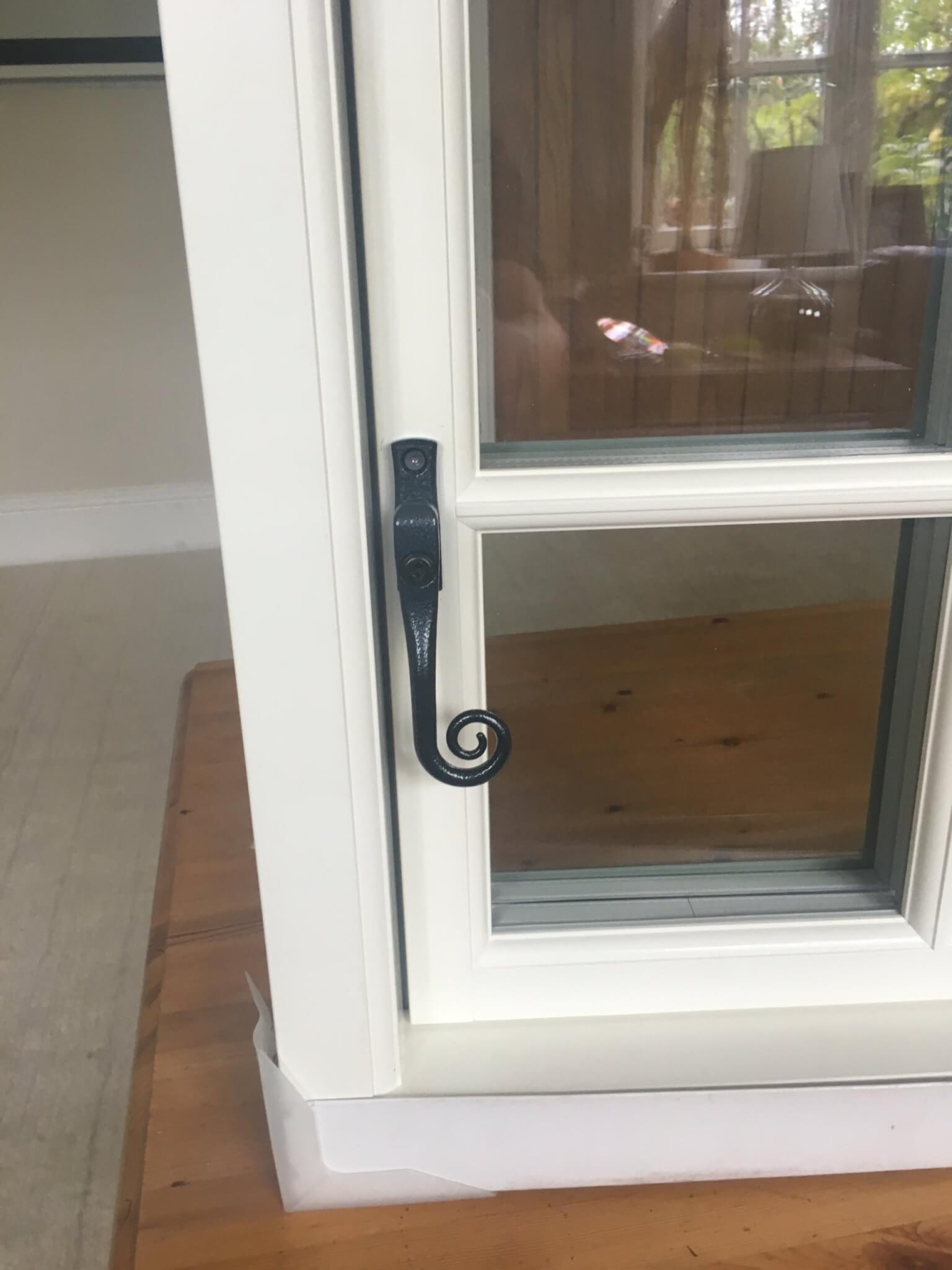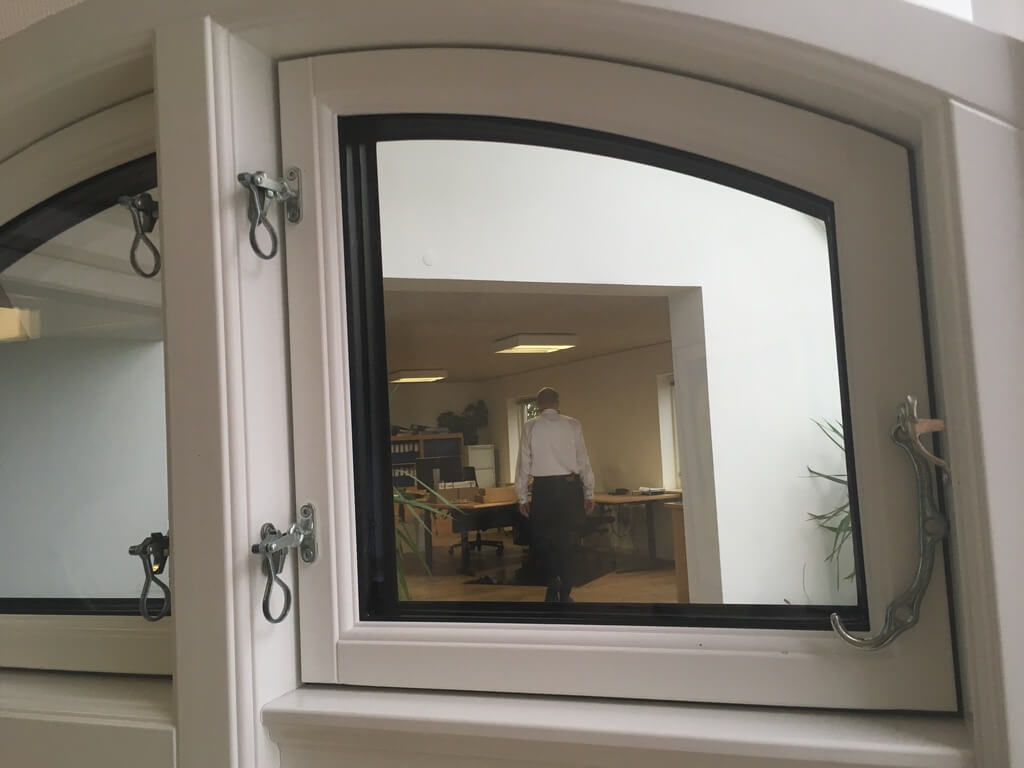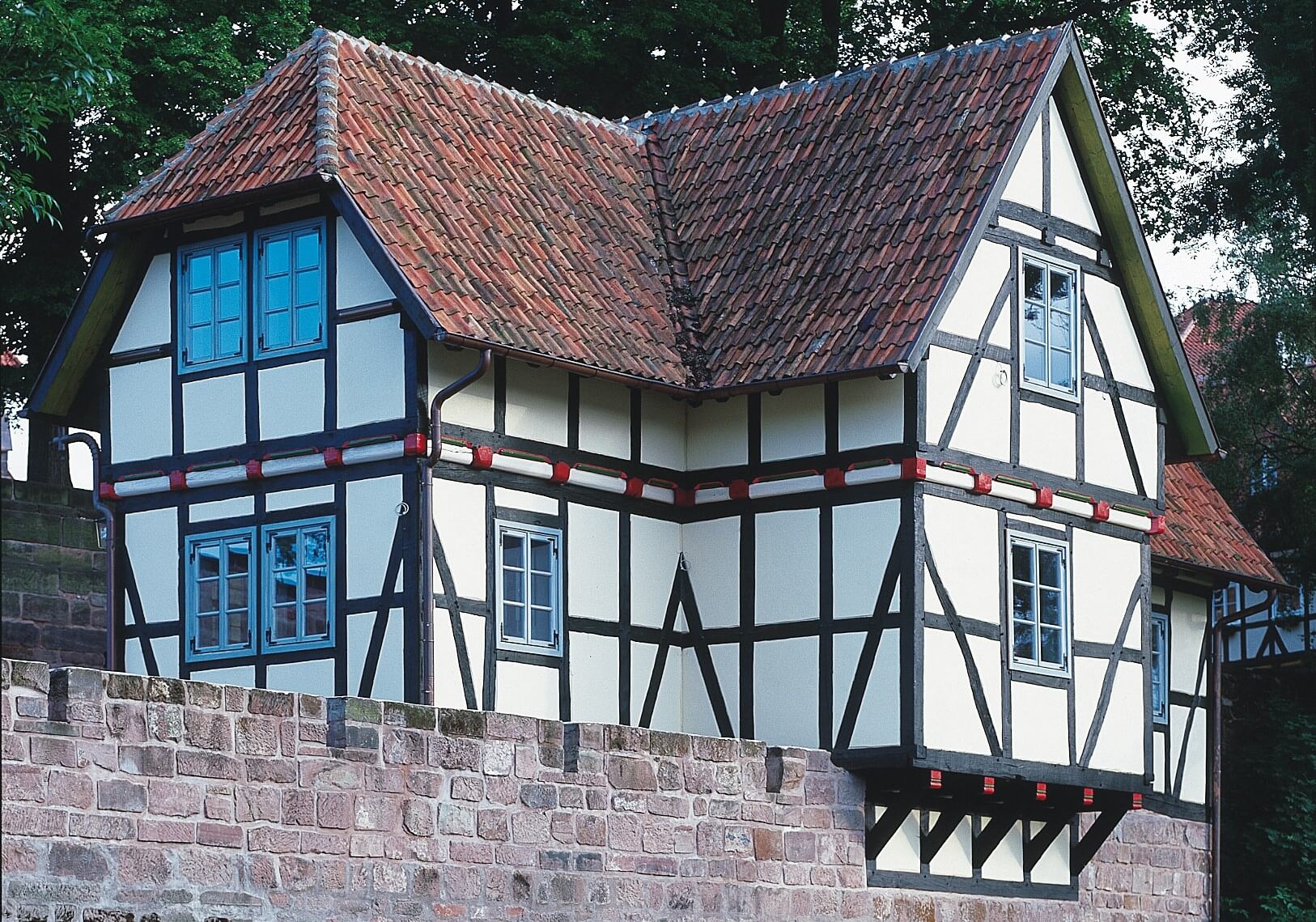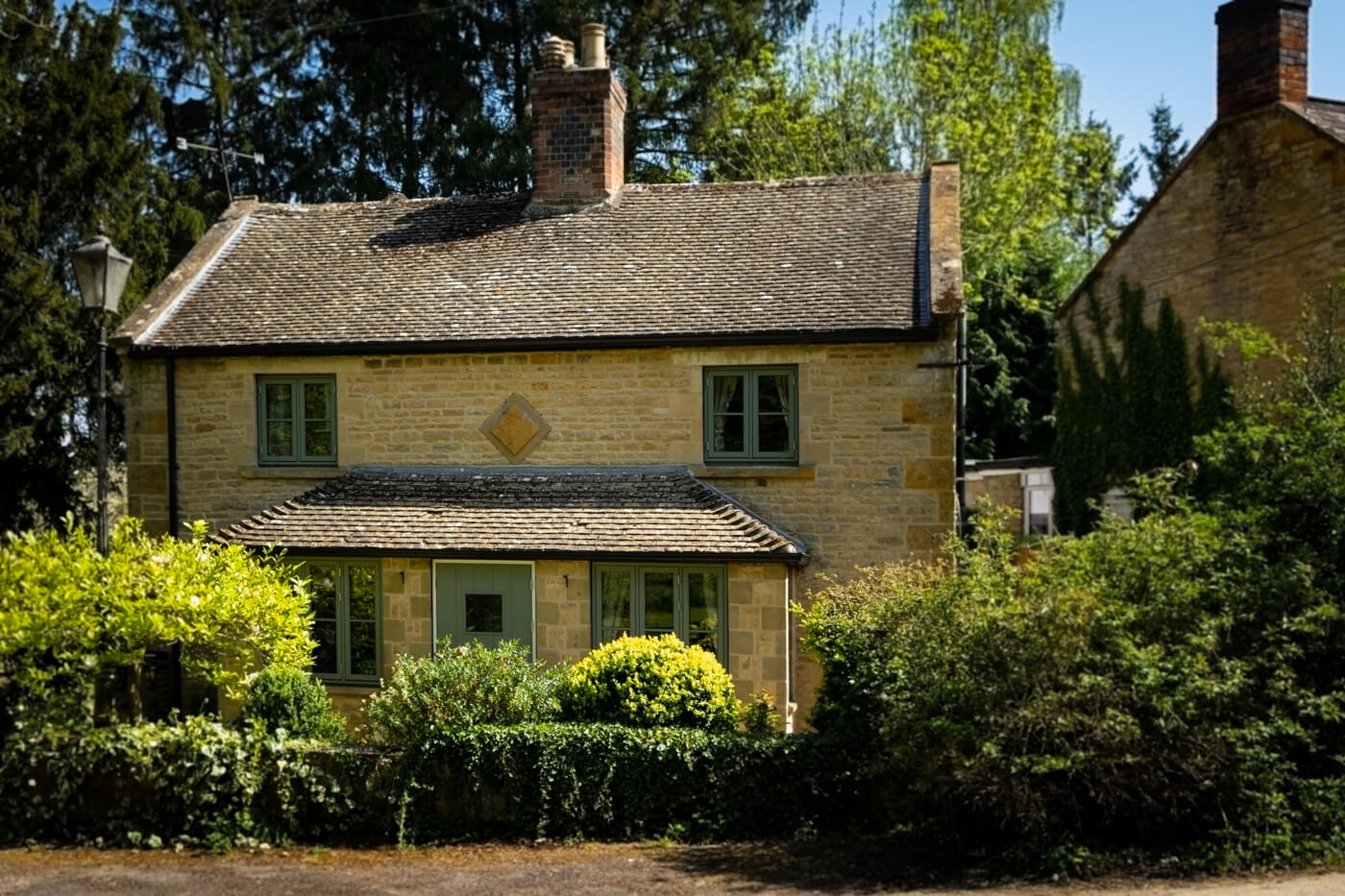The vast majority of replacement windows in the UK aim to have a traditional style. Partly because a lot of local councils dislike homes in traditional areas upgrading to a modern look, mostly because a traditionally-styled timber window simply better-suits most UK homes stylistically. We offer both products that are designed to have a classic appearance, and highly customisable products that can be made to look more traditional.
Here are some of the options we think you should consider in a traditional British home:
Glazing Bars
Almost regardless of how modern a window looks overall, the inclusion of thin decorative bars can transform the most contemporary of products into a traditional window. Simply a single horizontal bar is often a cost-effective and stylistically-effective way of doing this. And more complex grid patterns (whilst sometimes costly) can enhance further.
With some products, a traditional moulding detail is available on the interior if the timber glazing bar.
Hinges
Arguably, the two best things about our hinges is that 1. There is a variety of choice. And 2. If you aren’t keen on any of the choices, you don’t have to have visible hinges at all in most cases!
The traditional side hung hinge comes in a few forms: galvanised steel, stainless steel and powder-coated are all available. When choosing powder-coated, most customers choose to match the colour of the frame, but the option of a contrasting colour is also available.
If you would prefer not to see a hinge at all, then a “guided” hinge is what you need. Topguided and sideguided windows both provide a completely flush casement appearance. Whilst this a more modern solution, the act of removing the hinge doesn’t stand out on a property, perhaps unless it was specifically pointed out.
Colours
Whilst colour is all about preference, we think some work much better than other in a traditional setting. Generally, a very bright white is always associated with PVC windows (which is a product style people normally do not desire to evoke) and Anthracite Grey is rapidly becoming the go-to solution for modern aluminium windows. So, we’re tempted to steer away from these.
Softer whites, off-whites and creams spanning into ivory provide a more classical timber appearance when the colour is applied in low-gloss. And these colours can work equally well inside and outside – especially useful as choosing a dual-colour timber window often results in a surcharge. Pure White, Oyster White, Cream White and Light Ivory (RAL9010, RAL1013, RAL9001 and RAL1015) are all popular options.
RAL9010 – Pure white
RAL1013 – Oyster white
RAL9001 – Cream
RAL1015 – Light ivory
Moving slightly further down the scale towards Cotswold greens and subtle greys brings us to the next tier. These options can create a different, but still understated windows and doors. Light Grey, Pebble Grey, Cement Grey, Traffic Grey (RAL7035, RAL7032, RAL7033 and RAL7042) and the surrounding colours can blend beautifully into a country home and it’s surroundings.
RAL7035 – Light grey
RAL7032 – Pebble grey
RAL7033 – Cement grey
RAL7042 – Traffic grey A
Find out more about colour and timber stain options in our What Colour Should My New Windows Be? blog.
Handles
The style and colour of a handle seems to harshly split opinion with our customers. For example, the three handles below include the standard options from STM and UnikFunkis. When we show these to a customer side-by-side, everyone almost instantly has a favourite,
These are the standard, and naturally the most popular options. But there are other handle colour choices (such as black or white), key-locking and non-locking variants and, with some products, the option of suggesting a completely different style that isn’t part of the factory’s range.
For a truly traditional look, some of Danish products are still available to order with a classic Danish casement fastener. Whilst this style was never a common sight in the UK, this system offers a uniquely Danish-rustic solution for sidehung and tophung windows. The window is secured at two points (top and bottom), with hooking solution to hold the casement open at multiple points.
Vrogum Rosenholm
We couldn’t talk about traditional windows and not talk about Vrogum. Vrogum are a relatively small manufacturer on the west coast of Denmark, focusing purely on an their slow-grown Nordic-pine timber windows. Because the window is internally-beaded, they are able to offer a slightly slimmer frame compared to most other Danish timber products. And ordering from Vrogum directly supports their traditional craftsman-built approach to window manufacture.
The interior has a moulded timber design as standard, and the exterior casement is angled towards the glass – in-keeping with a classic British timber window style.
STM Sapino and Tinium
Somewhere in the middle (in terms of factory size) sit STM Windows. Their Sapino product is engineered finger-jointed timber, guaranteed to be knot-free and has a much thicker paint application that the Danish standard. The alu-clad timber equivalent – Tinium – also has a low-gloss finish, and is one of the very few composite windows that you are able to directly-seal to on the outside.
They’re also one of the very few factories who guarantee to have knot-free timber. This is surprisingly rare, and a lot of manufacturers believe small knots to be “acceptable”. Since even the smallest of timber knots can bleed, so this can be an important consideration.
STM are DVV-certified, meaning they are subject to an independent factory inspection 1-2 times a year. The DVV set of rules is prepared by experts from the Window Industry, the glass industry, the Danish Technological Institute and others.
Traditional Windows Overall
You can probably see from the areas we’ve outlined above, the term and idea of a “traditional window” is heavily influenced by your experiences and preferences. I once showed a German customer the “modern” and “traditional” windows from the Rationel range, and she said that she considered the “modern” version to actually be more traditional based on the windows in her home whilst growing up.
Ultimately, we recommend choosing a product with styling options that you like. And, if you’re unsure if it will suit your home, we have the ability to edit the new designs onto a photo of your house. Our windows’ life expectancy is over 80 years, so we try our very best to make sure the order you place is perfect for you and your home.
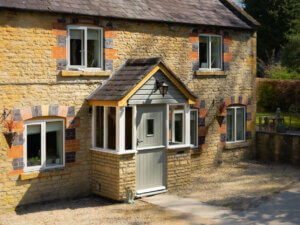
More images from this project can be found in our Minimalist Cotswold Cottage Renovation gallery.
Side Hung or Side Guided Windows
What Colour Should My New Windows Be?
Fire Egress Compliancy for Windows
Contact us!
For any questions about our products and services, or to get your quote,
please get in touch by phone, email, or using our in-browser contact form!
Leamington: 01926 935 607
London: 0203 633 0476
E-mail : sales@enlightenedwindows.co.uk
Contact Form: Contact Us

